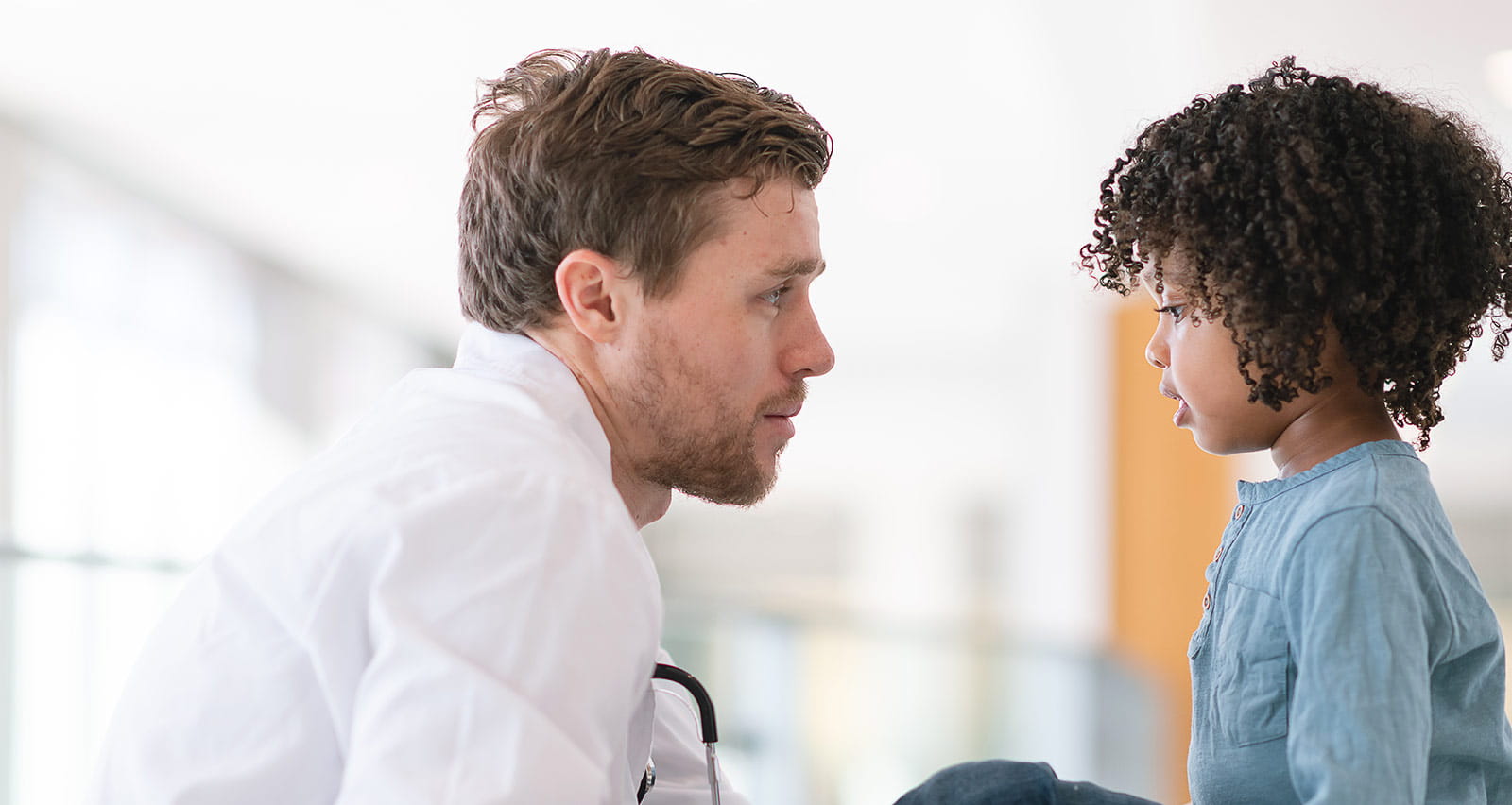
Neurogenic Bladder in Children
Neurogenic bladder occurs when nerve damage prevents the bladder from functioning normally, which can make it harder for a child to hold or release urine. A child can be born with neurogenic bladder or it can develop later. Neurogenic bladder has a variety of causes and there are many treatment options available. University Hospitals Rainbow Babies & Children’s pediatric urology team has the expertise to diagnose and manage neurogenic bladder in children.
Make an Appointment with a Pediatric Urologist
To learn more about our pediatric urology services or to make an appointment, please call 216-844-5661.
Schedule OnlineWhat is Neurogenic Bladder?
In a normal bladder, the muscles and nerves of the urinary system work together to hold urine in the bladder and release it at the right time. The nerves let the brain know when to tighten or relax the muscles to release urine. However, when the nerves become damaged, like in neurogenic bladder, the brain can’t send the signal to the muscle, resulting in urinary dysfunction.
Causes and Symptoms of Neurogenic Bladder
Neurogenic bladder can either be congenital (a child is born with it) or it can develop later. Some of the most common causes include:
- Spina bifida (myelomeningocele)
- Spinal cord injury
- Central nervous system tumor
Symptoms of neurogenic bladder may include:
- Involuntary urine leakage
- Trouble releasing urine
- Urinary tract infection (UTI)
- Enlarged kidneys
- Thickening of the bladder wall
Potential complications if the neurogenic bladder is not treated include incontinence, kidney damage, bladder infections and UTIs.
Neurogenic Bladder Diagnosis
To diagnose neurogenic bladder, your child’s healthcare provider will likely perform a physical exam, along with discussing the child’s symptoms and medical history. Your child’s provider may also want to know about your child’s urination habits (how often they go, urine output, etc.). Additional tests may include:
- Urine tests: A urine test can look for signs of infection or excess protein in the urine.
- Ultrasound: This imaging test uses sound waves to look at the kidneys and bladder.
- Video urodynamic study: This test uses a catheter (a thin, flexible tube) to fill the bladder with a contrast solution and measures the bladder’s volume and pressure.
Neurogenic Bladder Treatment
Treatment depends on your child’s symptoms, age and general health. Treatment options may include:
- Timed voiding: Scheduling regular toilet time can help prevent accidents.
- Medications: Antibiotics to help prevent UTIs, as well as medications that help relax the bladder muscles and prevent spasms.
- Catheter: A catheter inserted into your child’s bladder through the urethra or a continent bladder channel constructed surgically can empty the bladder regularly. An indwelling catheter is sometimes used as a more permanent solution.
- Artificial sphincter: A small inflatable cuff around the neck of the bladder can help prevent urine leakage. The cuff is deflated to empty the bladder.
- Surgery: Surgical options include procedures to make the bladder larger and tighten the sphincter to prevent urine leakage. Another procedure creates an opening in the belly through which a temporary stoma is made to empty the bladder.
Neurogenic bladder can affect a child’s self-esteem and frequent accidents can cause embarrassment. It’s important to emphasize that it is not their fault and encourage them to follow the treatment plan closely for best results and fewer accidents. Speaking to a pediatric therapist or psychologist can be helpful as well.
Learn More About Our Pediatric Urology Program
To learn more about our pediatric urology services, please call 216-844-5661.


